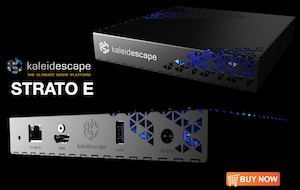xbenderx
Registered
Thread Starter
- Joined
- Dec 9, 2019
- Posts
- 4
More
- Preamp, Processor or Receiver
- sony
- Main Amp
- sony
Hello , I´ve finally made my home studio (3,3m width x 3,3 m long x 2,42 m height)and I´ve put on it a celiling cloud (1,8 m width x 1, 8 m long) and 6 (1,2 m x 0,6 m) frames on the walls , all of them with 2 inch 50kg/m3 rockwool .
The with REW and the Bheringer ECM8000 I´ve made 8 measurements, and aplied EQ to the average and then I´ve measured it again.
I´m trying to analyze the graphics of the last one, but I´m not so sure. I think that the results are too good for such a small room. (or maybe I´m misinterpreting it all)
Could anyone please look at the data and confirm it or deny it?
If i´m not worng it looks like that I could use some diffusion for the higher frequencies in order to make the RT60 more consistent with the average 300 ms of the lower frequencies. , What more can I do? (considering that I don´t have any more room for bulky bass traps )
Thankssss
The with REW and the Bheringer ECM8000 I´ve made 8 measurements, and aplied EQ to the average and then I´ve measured it again.
I´m trying to analyze the graphics of the last one, but I´m not so sure. I think that the results are too good for such a small room. (or maybe I´m misinterpreting it all)
Could anyone please look at the data and confirm it or deny it?
If i´m not worng it looks like that I could use some diffusion for the higher frequencies in order to make the RT60 more consistent with the average 300 ms of the lower frequencies. , What more can I do? (considering that I don´t have any more room for bulky bass traps )
Thankssss










